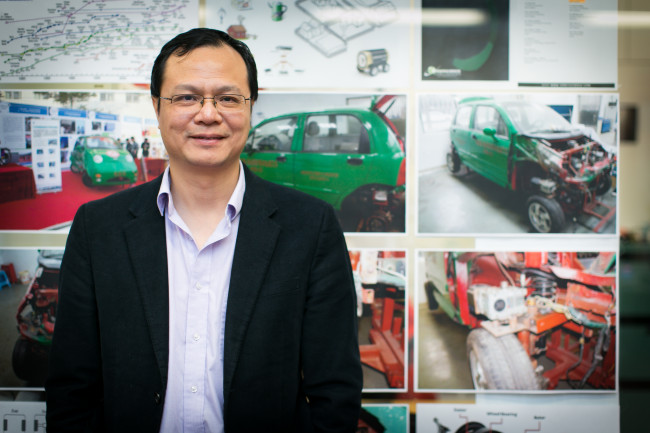
“Many students have very good maths skills but lack practical hands-on engineering skills, and vice versa.”
Discouraged by the New Zealand engineering industry skilled workers shortage, despite the numbers of engineering graduates being produced each year nationwide, Tom Qi set out to investigate how to close the gap between current teaching and industry need.
Tom’s Ako-funded project worked with potential employers to create real-life case studies that students would have to use maths for in the real world to help blend theoretical knowledge with industry application to meet the same learning outcomes. Examples included measuring and predicting water flow rates through three successive water tanks on an industrial reservoir, and calculating the structural integrity of a load-bearing beam in a commercial build project. Tom’s research is a New Zealand-first mathematics/engineering research collaboration between Polytechnics – with input from Metro group members including Waikato Institute of Technology (WINTEC), Wellington Institute of Technology (WELTEC) and Christchurch Polytechnic Institute of Technology (CPIT) as well as Otago Polytechnic.
As Tom reflects, the current results open up more questions and challenges that need consideration: “If we accept that existing teaching is not really linked to industry, then if we need to change, how do we do that?”
“Obviously we want to meet IPENZ and NZQA regulations, but we also want students and parents to understand what engineering really is, as well as produce the kind of graduates that the industry really wants.”
Qi, Z. T. (2014). An industry-oriented math teaching strategy for the Metro Group BEngTech program Ako Aotearoa Southern Hub Projects in Progress Colloquium II, 21 Nov 2014, Ilam Homestead, 87 Ilam Rd, Christchurch.

